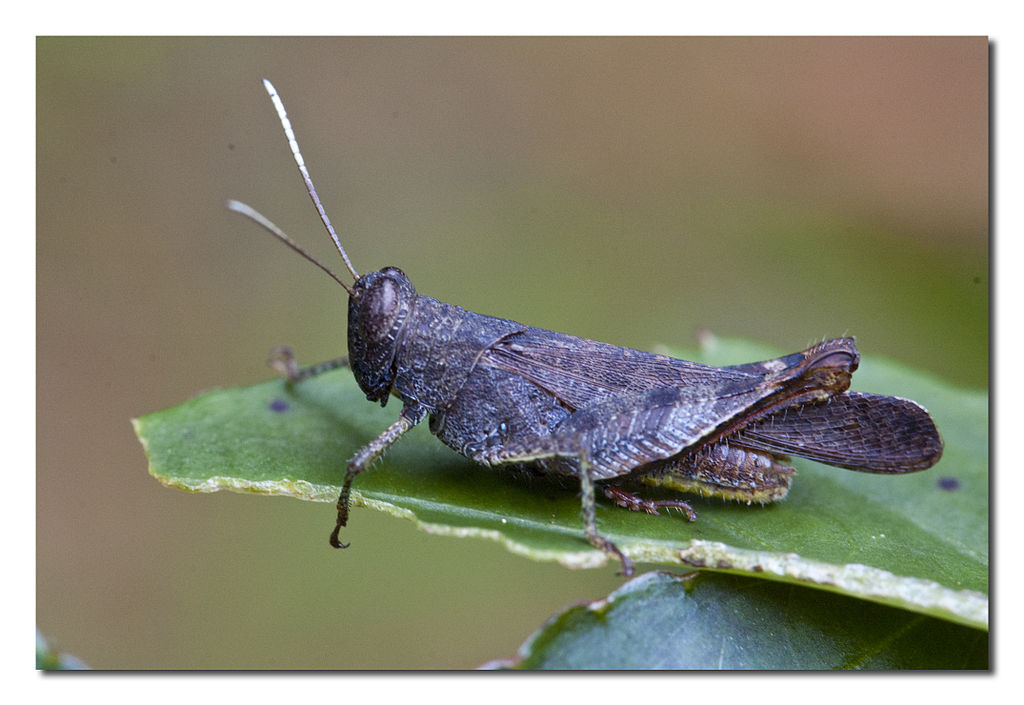SERVICE REQUEST?
Fill out the form below.
Find our nearest location
Your Local Office

Cricket
Attribution: Naveen Mathew, [CC-BY-SA-3.0], via Wikimedia Commons
Size:
Varies, though usually no larger than 1-1/2 inches in length.
Color:
Generally black or brown.
Behavior:
Crickets generally live and breed outdoors and invade buildings searching for food, moisture, or shelter. The adults are attracted to bright lights on buildings and may fly to homes and other buildings by the dozens or even hundreds (in mid- to late summer). Once near the building, crickets will crawl through any crack or hole that allows them access inside. These insects have been known to feed on and damage clothing, usually items that are soiled and awaiting laundering. Camel crickets do live and breed indoors, usually in a crawl space, cellar or basement. They occasionally wander up into the living areas of the home where their quick jumping ability can startle the unwary person. Camel crickets may also invade homes from wood piles and similar areas outside.
The natural habitat of crickets is a field or wooded area. Near buildings, they will be found living among tall weeds and heavy vegetation (e.g., ivy), under boards, stones and other items, and in piles of lumber, firewood, or debris.
The best way to limit crickets is to eliminate as much potential harborage as possible outside the building. The following tips should prove helpful:
- Store firewood away from the home and off the ground.
- Dispose of piles of lumber or store such items off the ground.
- Clean up piles of leaf litter and clean up any debris that could provide shelter.
- Remove any heavy ground cover in landscaping within 10 feet of the home.
- Install yellow “bug” light bulbs in outdoor fixtures to attract as few crickets as possible.
- Seal as many exterior cracks and holes as possible in the outside walls.
- Improve crawl space ventilation to make the subspace less attractive to camel crickets.
Family Name:
Family Gryllidae
Read What Our Clients
Are Saying
My Terminix tech Scott is the best! He is professional, courteous and absolutely thorough about his job. Thank you for sending such a blessed tech to my house. Hamlet, NC
This letter is to say how pleased we are here at Morreene West Apartments with your services. We are very pleased with the technician, Christopher. He does a great job. Durham, NC
Terminix has consistently offered our apartment complex reliable, competent service. We are completely satisfied with their knowledgeable representative who is always punctual and does a superior job for us every time. Chapel Hill, NC
I would like to take the time to thank you for giving us such great service here at Carver Pond Apartments. Your Pest Technician Christopher Mitchell has provided us with excellent service over the last few months. Christopher is such a great help to us in providing helpful information so that we can better serve our residents here at Carver Pond. Durham, NC
SERVICE REQUEST?
Fill out the form below.